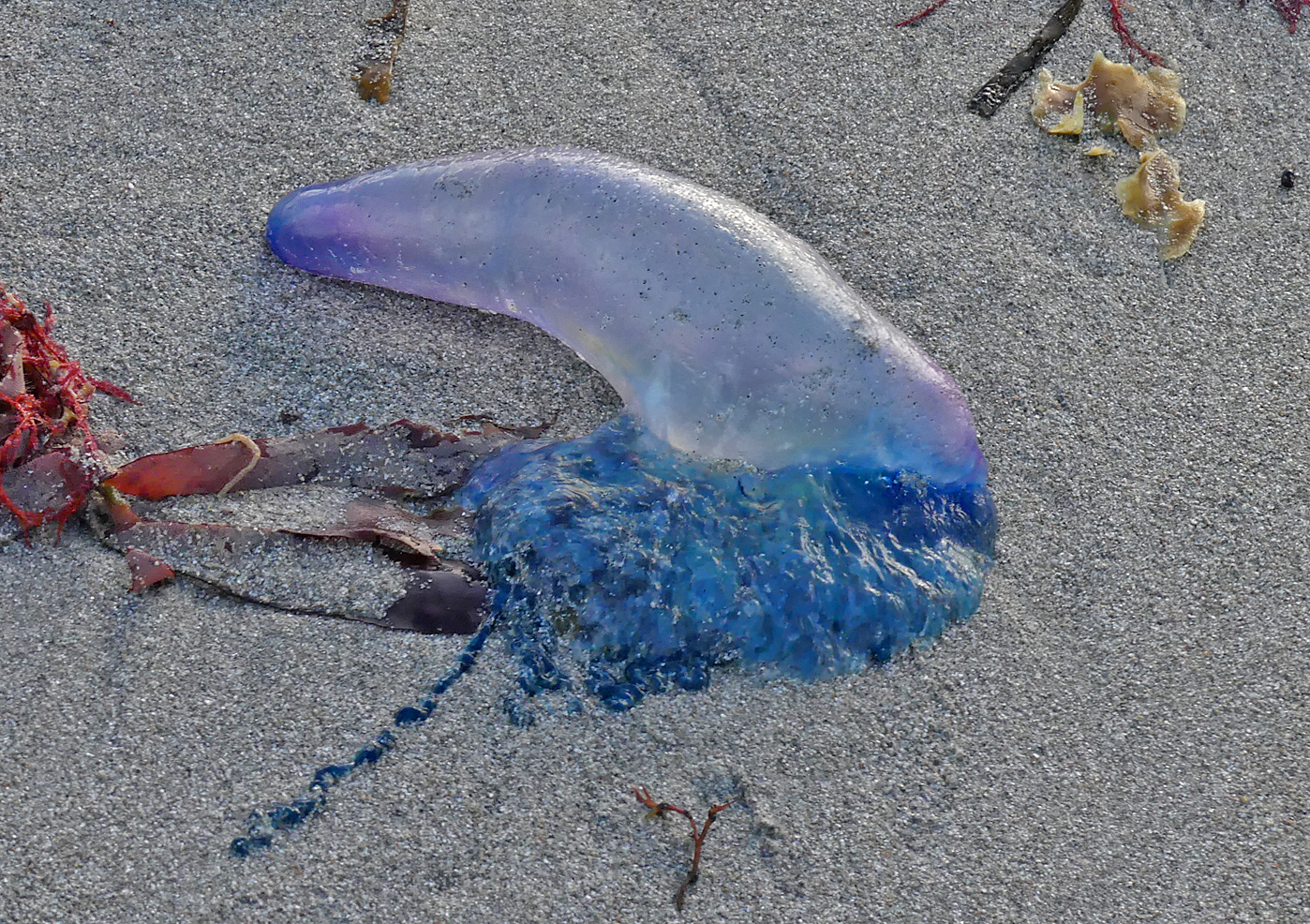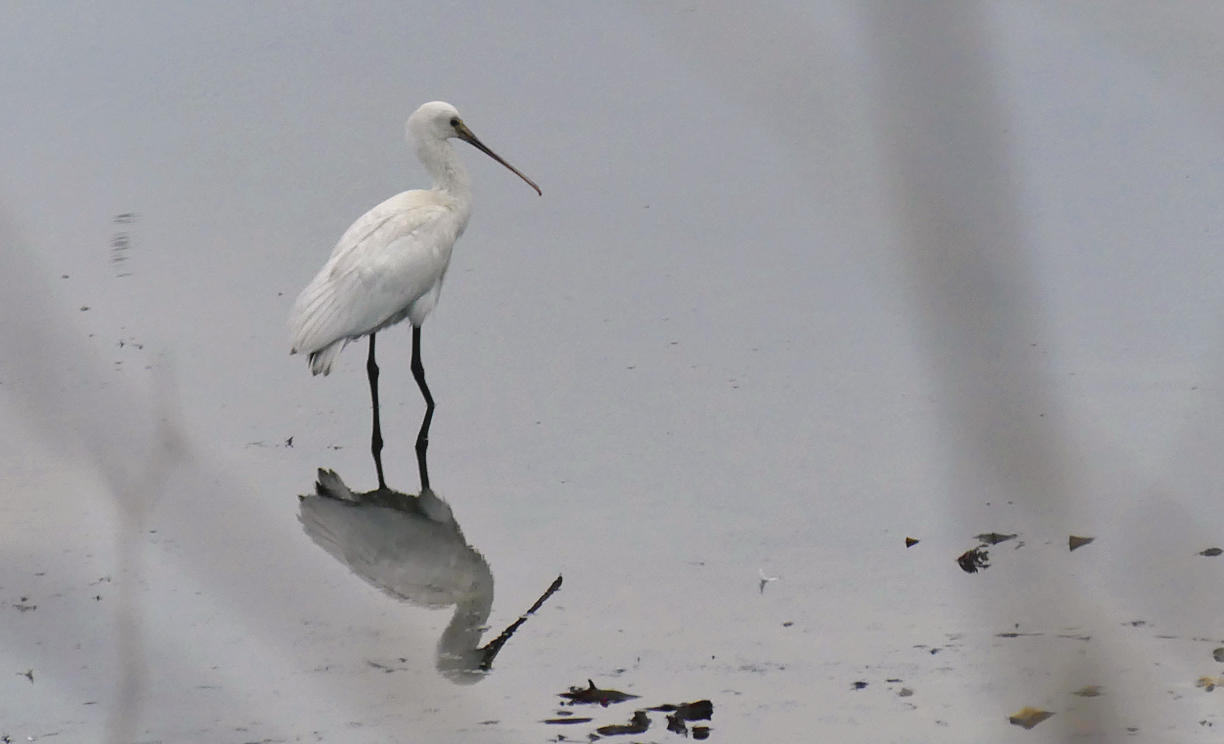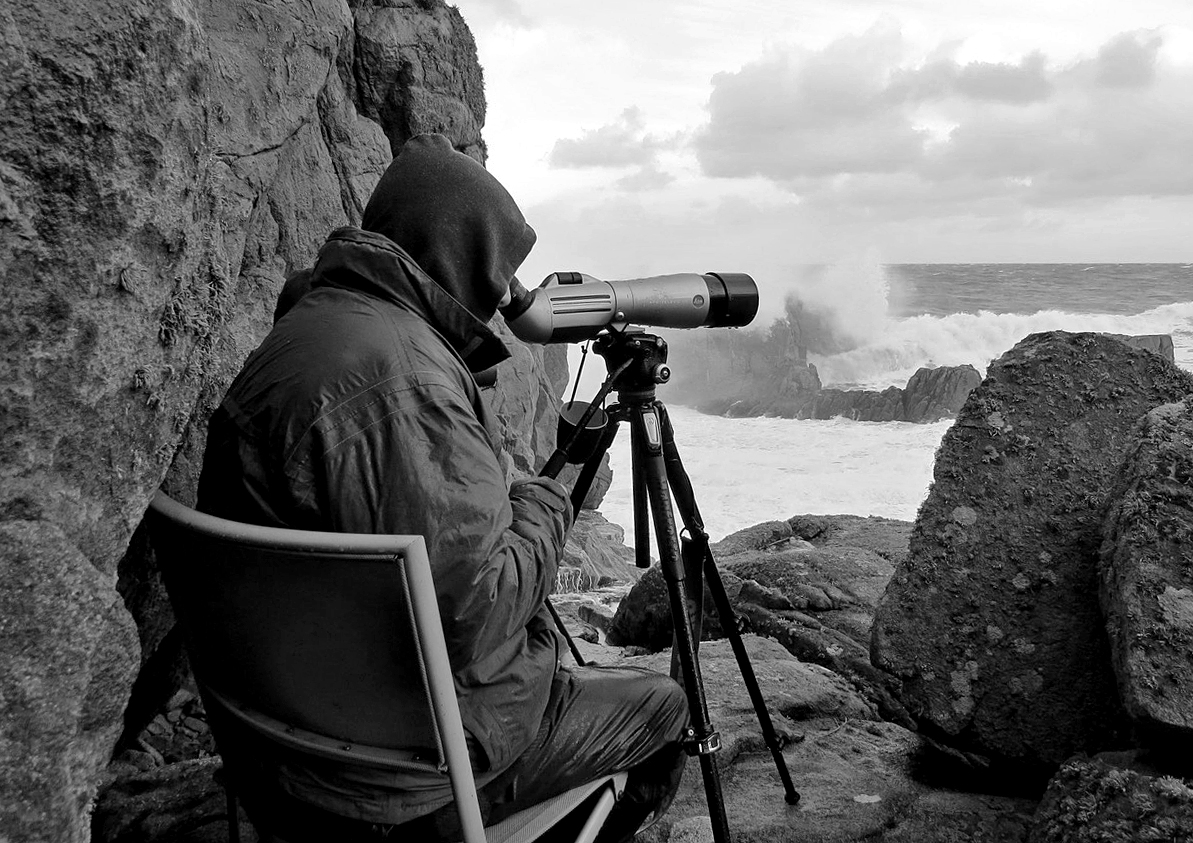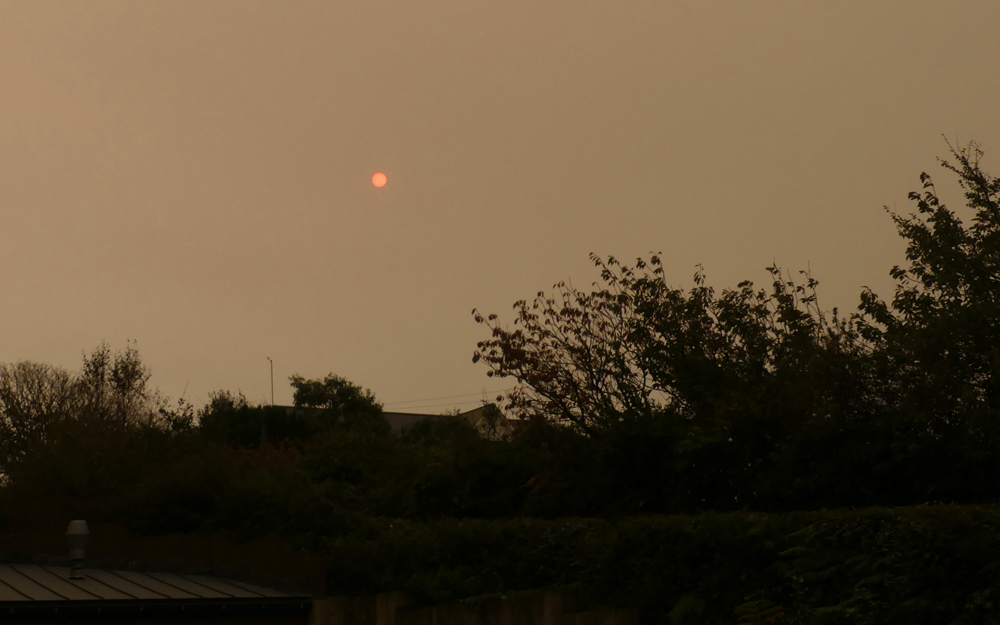Thursday 30th November 2017
/In an effort to catch up, I will try and scoot though the rest of the autumn, with November being just as good as September or October for rarities, as it tends to be nowadays.
On 29th Oct I had another go at Pleinmont and there were plenty of birds around but nothing rare was discovered. I thought I had flushed a small bunting from the Societe fields but in the end, all that I could find in there was 3 Reed Buntings rather than the possible Little. There were double-figures of Firecrests, and flyover Brambling and Siskin, but again no Hawfinches seen.
During the next work-week, I tried to pop out for ten minutes whenever I could, to try and catch the last of the migrants which were still passing through. This autumn was the best year for Bramblings that I could remember here on Guernsey. On 31st Oct I had one fly in and land by the car park at Pulias early one morning, my first record for my patch. It didn't stay long and moved off inland. Then just 3 days later on 3rd Nov, I had a second bird in almost the same place, hanging round with the Greenfinch flock, and then another in my lunch hour in some random fields at Les Niaux. There was a late-ish Wheatear at Rousse on 2nd Nov.
Firecrest - Le Guet, 2 Nov 17
When the weekend came again I had another session at Pleinmont on 4th Nov. A very similar situation as the previous weekend with almost the same selection of species seen - Brambling, Siskin, Firecrests - although a single Mistle Thrush was found. I spent many lunch hours at this time searching for the Glossy Ibises which kept being seen in the fields above Kings Mills, along the Castel Rue des Hougues, but I failed to even glimpse the blighters once. On the morning of 7th Nov, at first light, I discovered a Water Pipit at Fort Hommet but it was very elusive, moving quickly between beaches, and difficult to see well in the strong winds - I could barely stand upright. It was there again the next morning and I managed a poor pic of the bird. Surprisingly, it then disappeared and has not been seen again. Also on 7th Nov, I had my lunch at Fort le Crocq, especially to look at the Lapland Bunting that had taken up residence there and you could just drive up to in your car and take some cracking photos!
Lapland Bunting - Fort Le Crocq, 7 Nov 17
Lapland Bunting - Fort Le Crocq, 7 Nov 17
Lapland Bunting - Fort Le Crocq, 7 Nov 17
Water Pipit - Fort Hommet, 8 Nov 17
The next weekend there were very strong northerly winds hitting the island and so I decided on a late seawatch from Jaonneuse on 12th Nov, to see if I could find something surprising. There were lots of birds passing but these were mainly Kittiwakes (at least 268 birds) and auks (at least 366). I did manage to pick out 6 Sooty Shearwaters and a Bonxie, plus a very late Manx Shearwater. It was quite exciting seawatching, since birds were passing constantly with no boring gaps between sightings. Afterwards, I predicted that some Portuguese Man 'o wars would be washing up on the adjacent beach with these stormy conditions and I was correct. I found at least four, my first sightings of this ocean wanderer. My powers of prediction were not especially magical though since I knew that there had been plenty recorded in the previous few weeks, I just hadn't got around to searching for any yet.
Portuguese Man o' war - Jaonneuse beach, 12 Nov 17
In the last couple of days there had been a Spoonbill seen a few times along the coast between Claire Mare and Vale Pond but I hadn't had the time to make a special effort to go and see it. However, as I was passing Port Grat, driving to work on 16th Nov, I glimpsed it flying west, low along the coastline. I accelerated round the corner, and as I skirted Pulias Pond, it flapped down and dropped onto the edge of the small lagoon. This must have been one of the first times ever that there were no dog walkers passing to immediately flush it, and so I parked up, managing a few photos in the early morning gloom, before it inevitably flew off. Only my second patch record of Spoonbill after my first way back in 2003 I think.
Spoonbill - Pulias, 16 Nov 17 a.jpg
Stonechat - Rousse, 17 Nov 17 bw.jpg
After the autumn's influx, we had hoped that a few Hawfinches may stay on the island for the winter rather than just be seen as flyovers. On 14th Nov, this seemed to be the case when Wayne found a few in Foulon Cemetery feeding on the Yew berries. They had been seen daily for the rest of the week but were very elusive and only seemed to be visiting the site to feed. So on Saturday morning, the 18th Nov, I went down there to see if I could find any.
It was a nice bright, cold morning, and there were a few of us searching but there was no sign initially. However, after a while, I went for a wander round and picked up 2 Hawfinch perched atop a tree on the other side of the road, outside of the cemetery. They were too far away to see very well, so I ran back for my 'scope and camera. Unfortunately, when I returned to the spot they were nowhere to be seen. Then about an hour later on, I spotted a chunk of a bird on a distant tree. This time I had my 'scope with me and could see that it was a Hawfinch and had decent but distant views. As can be seen from the pics below it was rather a long way away, more at the Dell Nursery rather than the cemetery. So, not very satisfactory, but at least I hadn't dipped out.
The general birding here though was excellent and I recorded seven species of finch, including a male Bullfinch, a Brambling and a couple of Siskins. There were winter thrushes perching up in the tops of the trees and some coming down to feed on berries - about 40 Redwing and 10 Fieldfare. There were lots of tit flocks roaming around with the odd Short-toed Treecreeper. And the biggest surprise of all, the Kingfisher that zipped by me at great speed, just missing the headstones by inches!
Hawfinch - Foulon, 18 Nov 17
Hawfinch - Foulon, 18 Nov 17
The Hawfinch was perched in the bare trees arrowed - not exactly close views.
Foulon Cemetery with the Yew trees apparently favoured by the Hawfinches
The next day, 19th Nov, since Rosie was working, I took my daughter for a late afternoon stroll at the Reservoir. The weather had been a bit miserable so we took the opportunity for a quick walk down the dam. As we got near the middle of the dam I scanned the egret roost, over the far side of the lake, with my bins as birds had started to come in after feeding on the coast during the day. I noticed that one of the birds was perched in a separate tree just to the left and it looked a little different, perhaps a little smaller, although they were mainly white blobs at this distance. This bird then flew across slightly and joined the main flock in the larger tree. As it flew, I got the jizz of a Cattle Egret from it and was pretty sure that's what it was. I could see it perched - the highest one in the tree - but I just couldn't get any detail on the bill at this distance. I decided to take plenty of photos and, as she was getting impatient, we carried on with our walk. Returning to the dam, I was sure it was still there, but again could not be sure. Back at the car, I looked at the camera scree, eventually found a photo which showed the bill in profile and, even though it was difficult to be sure on the small screen, was happy that it was a Cattle Egret. I did get the 'scope out of the car and set it up to get a proper view but the bird had now moved down into a hidden position.
As I put down the tripod, I picked up a couple of large birds moving west to our south. Putting the bins on them, I was surprised to see that they were two Glossy Ibises! So quite a productive late afternoon stroll.
Cattle Egret - Reservoir, 19 Nov 17
The final bit of rare bird excitement of the month was a Whooper Swan which was discovered in the fields along Rue des Hougues (Castel) on 24th Nov, the same area that the Glossy Ibises had been hanging out. This was just a few minutes from work and so I popped along to see it. This is still a pretty good rarity here but seems to be increasing with birds seen now for three years in a row.
Whooper Swan - Rue des Hougues, Castel, 24 Nov 17
Whooper Swan - Rue des Hougues, Castel, 24 Nov 17
As can be seen, I have been trying to use the video facility on the camera a bit more. I have abandoned the previous video-editing program I tried as there seemed to be incompatibility issues. So I am using the VSDC free video editor which is really easy to use. One of the most important things I have worked out is how to zoom in digitally which should help for distant birds. One thing that is obvious though is how much higher quality the video is when viewing the file on my computer rather than on the internet - it makes a huge difference. So, even though it may take longer to load up, it is worth clicking on the highest HD setting possible when viewing my videos on this website or youtube.
























